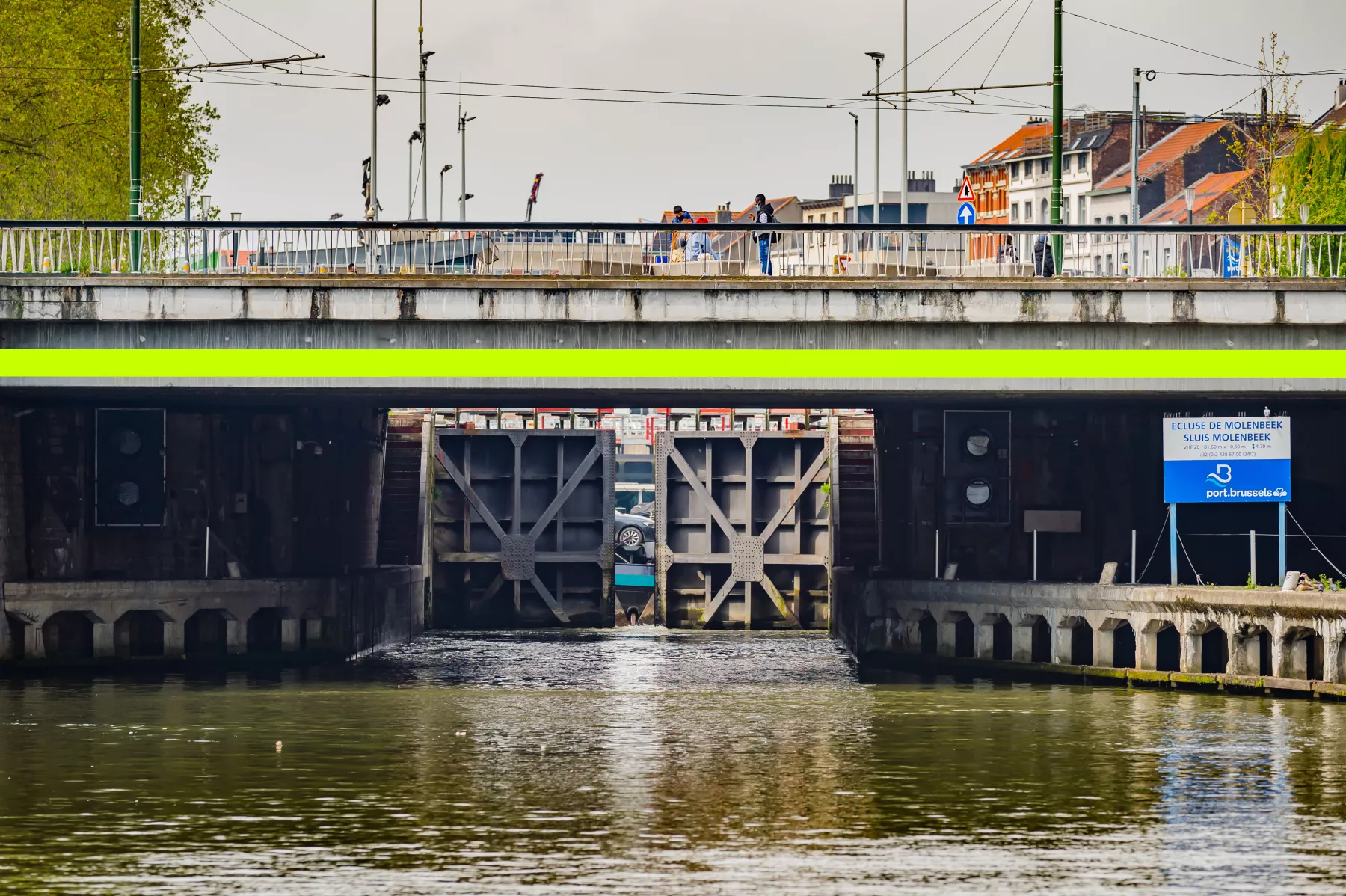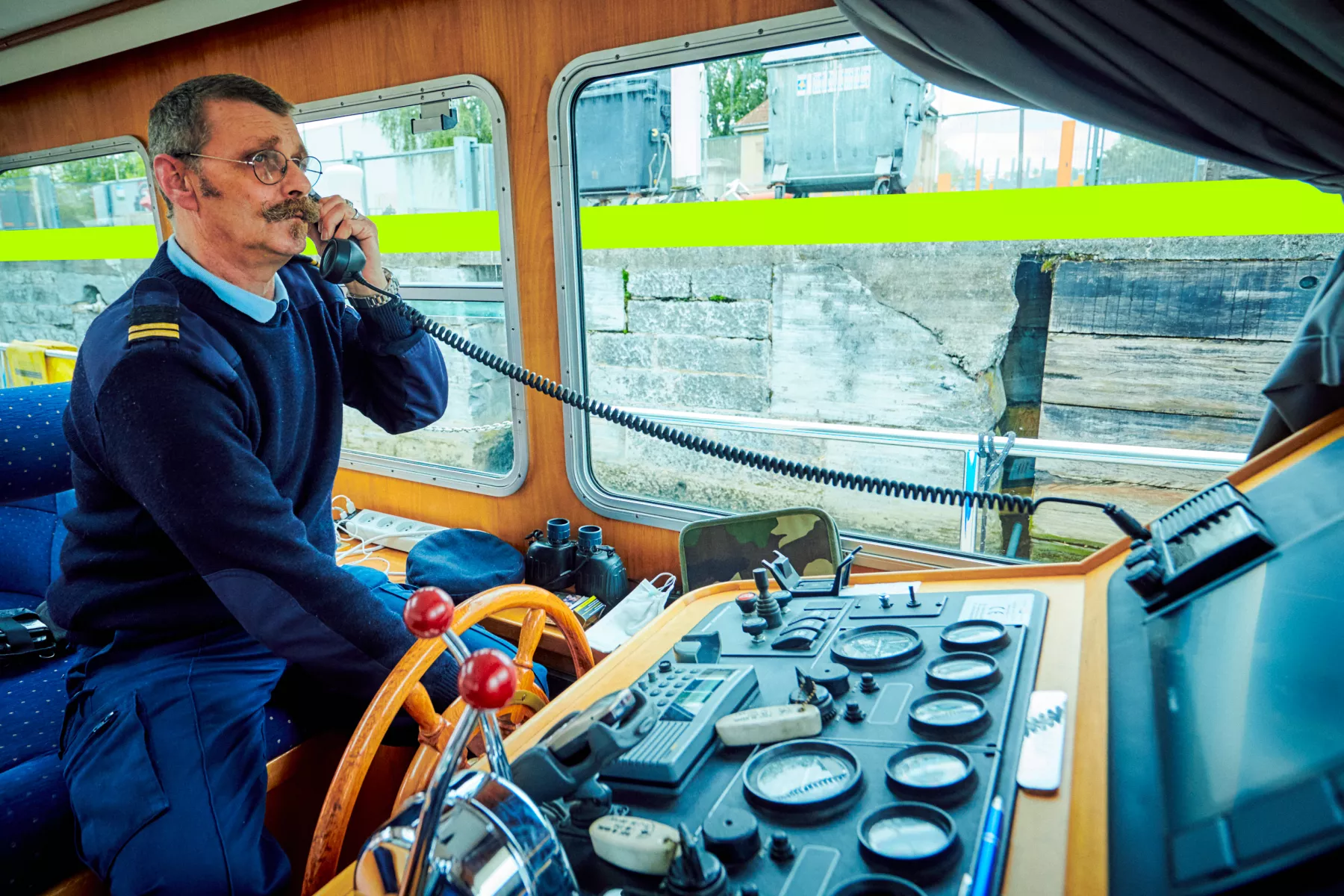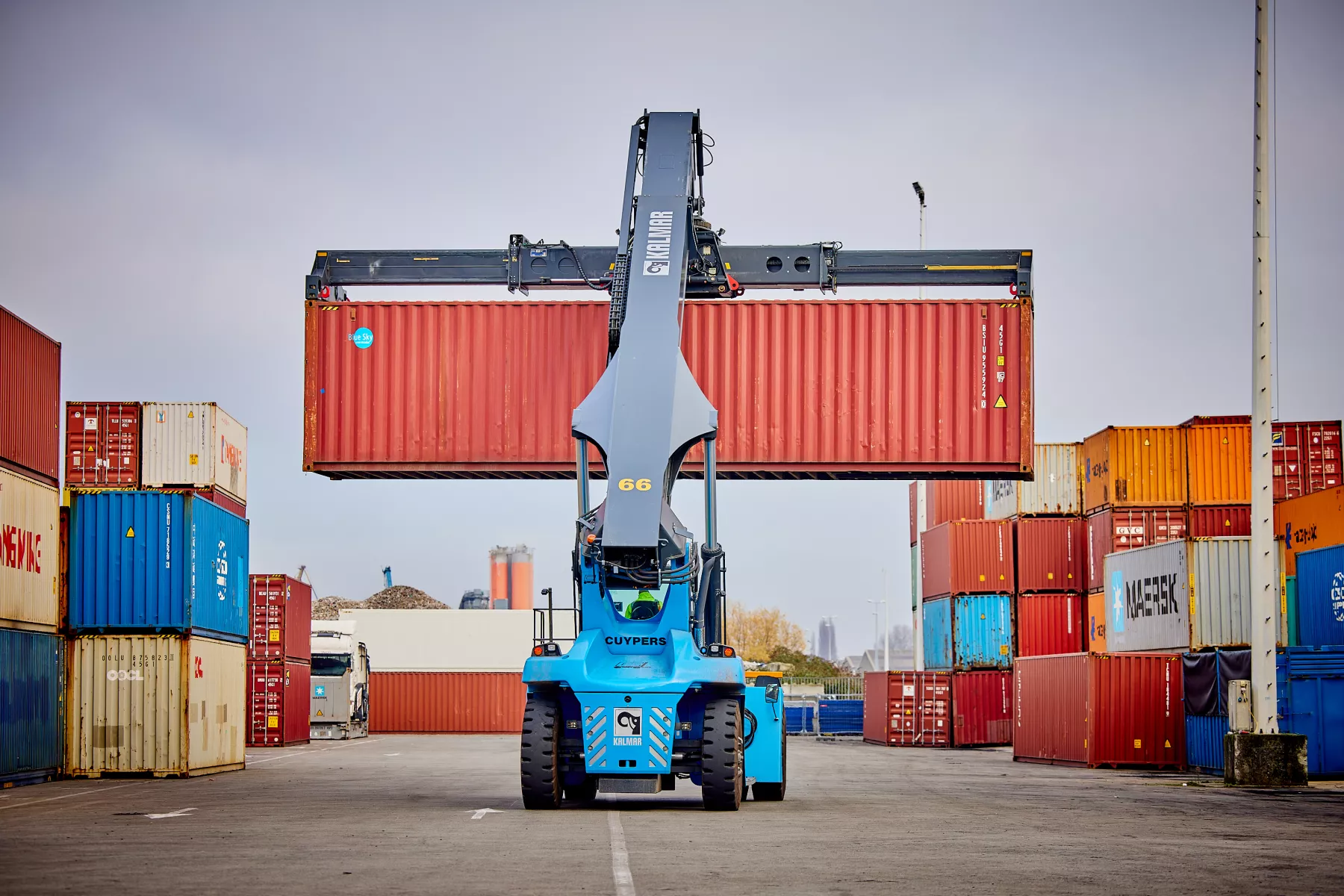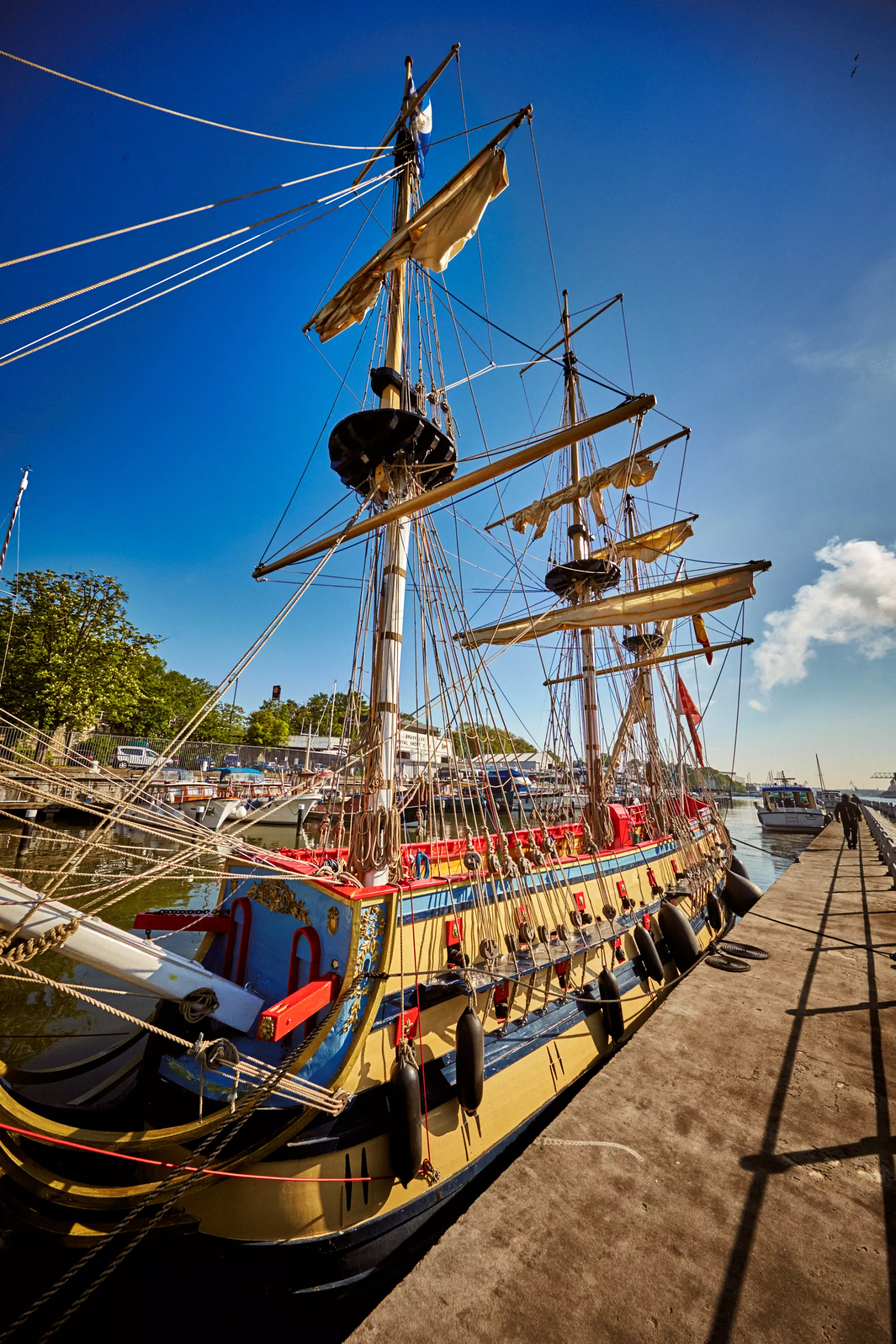How do we regulate the water level on the canal?
Heavy rainfall or extreme drought, the Port must always ensure that water levels on the canal are correctly regulated. This keeps ship traffic running smoothly!
But have you ever wondered how we do that exactly?
When it rains heavily, rainwater is drained into the Senne and sewers. But when these reach their maximum capacity, we have to proactively adjust the water level at the locks thanks to aqueducts built along each lock. The canal then acts as a buffer and also ensures that the capital is spared from floods.
We also regulate the water level when it is extremely dry or when it’s freezing. The canal is constructed so that it is first fed by higher canal sides. But when this is not enough, we pump water from lower to higher at the locks to compensate.
We leave nothing to chance.

Have you ever wondered how skippers communicate when sailing?
Not with an ordinary telephone, but with a VHF radio! Unlike a telephone, a VHF radio is a transceiver. Transmitting and receiving takes place in the VHF channel (very high frequency). The big advantage is that there is always someone on the other end of the line.
In Belgium, skippers are therefore obliged to have a VHF radio on board for pleasure boats of 7 metres and over. All other vessels must have one or two VHF radios on board.
As a communication tool between skippers, ships or bridges and locks, the marine telephone is very important in case of emergencies or when announcing one’s arrival at a moveable bridge, for example. Because on the water is of course paramount too.

Is magnet fishing allowed on the canal?
Magnet fishing has become increasingly popular in recent years. But is it allowed on the Brussels canal? The short answer is no. And we explain why.
Magnet fishermen fish metal objects out of the water with a heavy magnet. This involves important safety risks. Because not only old iron lies at the bottom of the water, waterways that already existed at the time of the world wars can be full of ammunition, grenades, bombs, etc.
When fishermen bring these dangerous objects to the surface, it is impossible to predict what may happen. This is not only very dangerous for the surrounding area, but also for local residents residents.
So let’s keep the canal safe for everyone!

What kind of goods do we transport in containers at the Port?
In 2021, the Port of Brussels transported some 47,262 TEU. A record for our port, but what does that mean in concrete terms and what kind of goods do we transport in containers?
TEU stands for twenty-foot equivalent unit and is a standard measure used in the industry for containers. So, 1 TEU corresponds to a container that is 6.10 metres long, 2.44 metres wide and 2.59 metres high.
A considerable number of goods can be stored in a container. Just think of toys, garden furniture or clothes, which are then delivered to the various corners of the region!
The Port brings all this to you!

Ever wondered what a replica of an ancient ship is doing at the Port?
In January 2017, the non-profit association Atelier Marin started building a replica of an ancient warship of Louis XIV, which was given the name “La Licorne” (“the Unicorn”).
Disadvantaged youngsters and adults in a socio-professional integration project worked on it at the COOP site along the canal in Anderlecht.
If you want to visit this beautiful showpiece, you’re in luck. During the Fête du Port on 29 May, La Licorne will be open to the general public! After that, the ship will set sail to the Netherlands for a longer journey.

So why do we have different docks?
A dock is a place where the waterway is wider, allowing ships to load and unload their cargo and store their goods in the areas alongside the waterway. To make the best possible use of this land in an urban environment, we therefore try to form clusters wherever possible.
For example, a sand and gravel supplier is located next to a concrete works, resulting in greater efficiency in the way the land is used.
The names of the docks were not chosen at random. Almost all the names refer to former governors of the Province of Brabant in former times, each of whom was also Chair of the Board of Directors of the port. That is how Emile Béco and Auguste Vergote gave their names to docks that can be seen today. 😉
Do you have any questions about the port and its activities? Write them in the comments!
How many vessels pass through our port every day?
A port is nothing without its ships. How often do they arrive in our port, and when do they come?
The ships that pass through the Port of Brussels do not operate on a fixed timetable. They are chartered by various different companies that are active in the port, based on their needs and logistical flows. Some ships simply pass through Brussels without stopping. That is called transit traffic.
Some 20 or 30 ships visit our port every day.
The European trend towards inland navigation vessels with increasingly large capacities means that more cargo can be transported on fewer ships. Those ships are getting bigger, but that is not a problem for our outer harbour. It has a very good capacity for an inland navigation port.
If you are heading for Charleroi, however, the situation is different. On that route the size of the locks means that the size of the ships is also limited to the European standard: 80 metres long with a maximum capacity of 1350 tonnes. That is still quite large, equivalent to the capacity of dozens of trucks. So inland navigation offers immediate benefits in terms of both the environment and our quality of life!
Do you have any questions about our port? Let us know!




